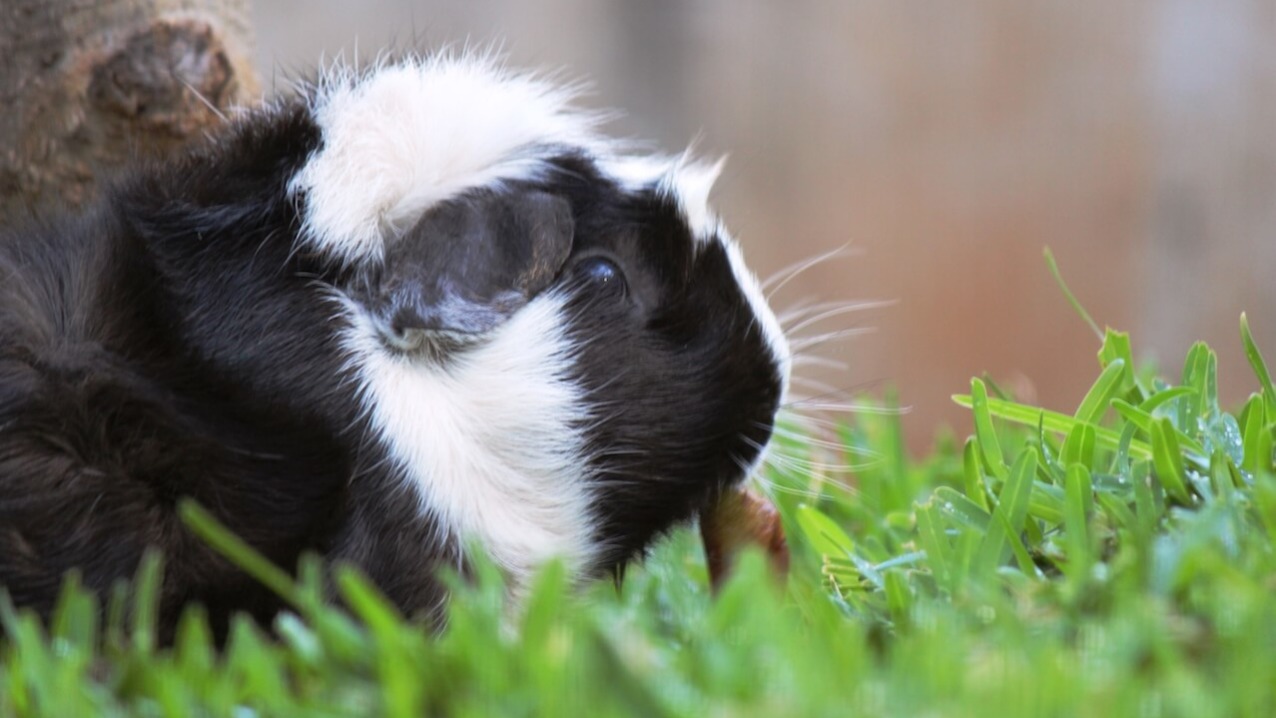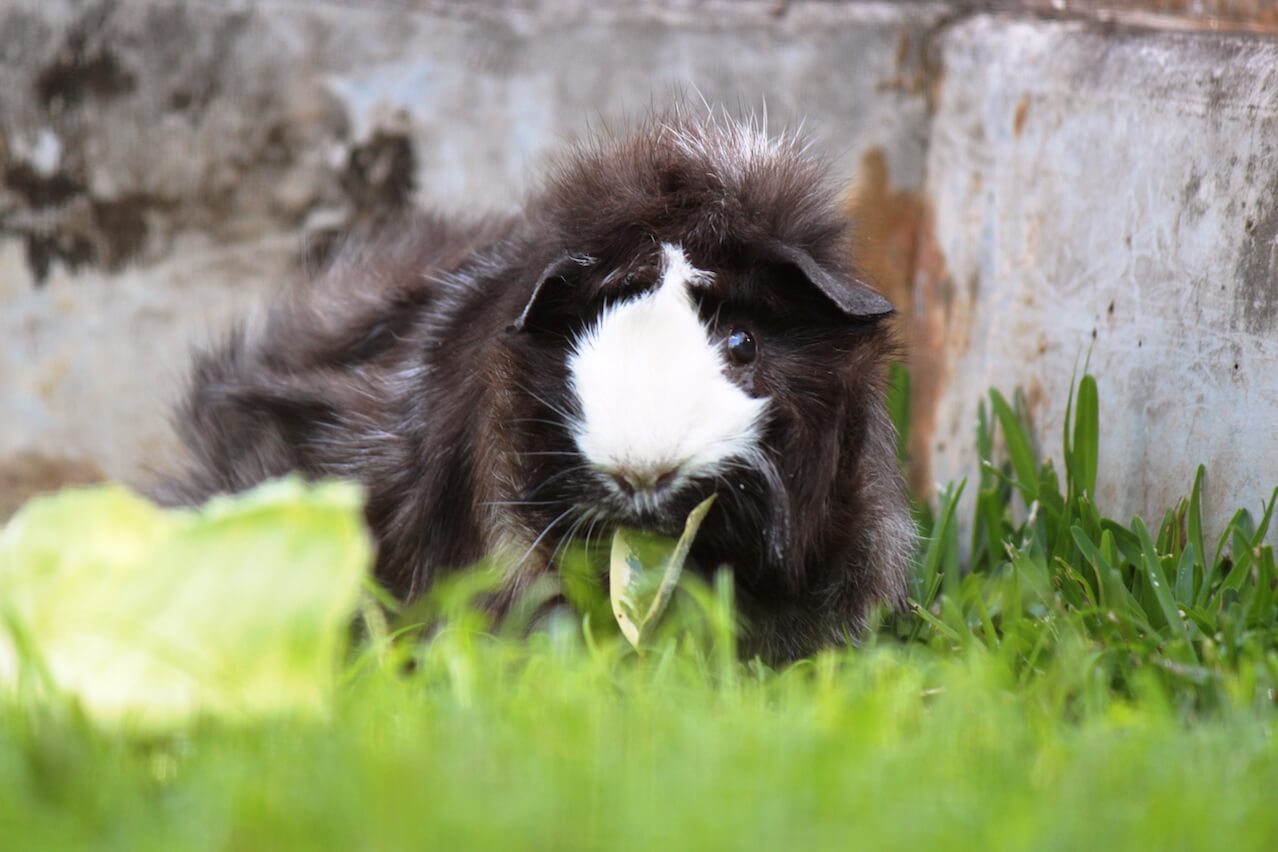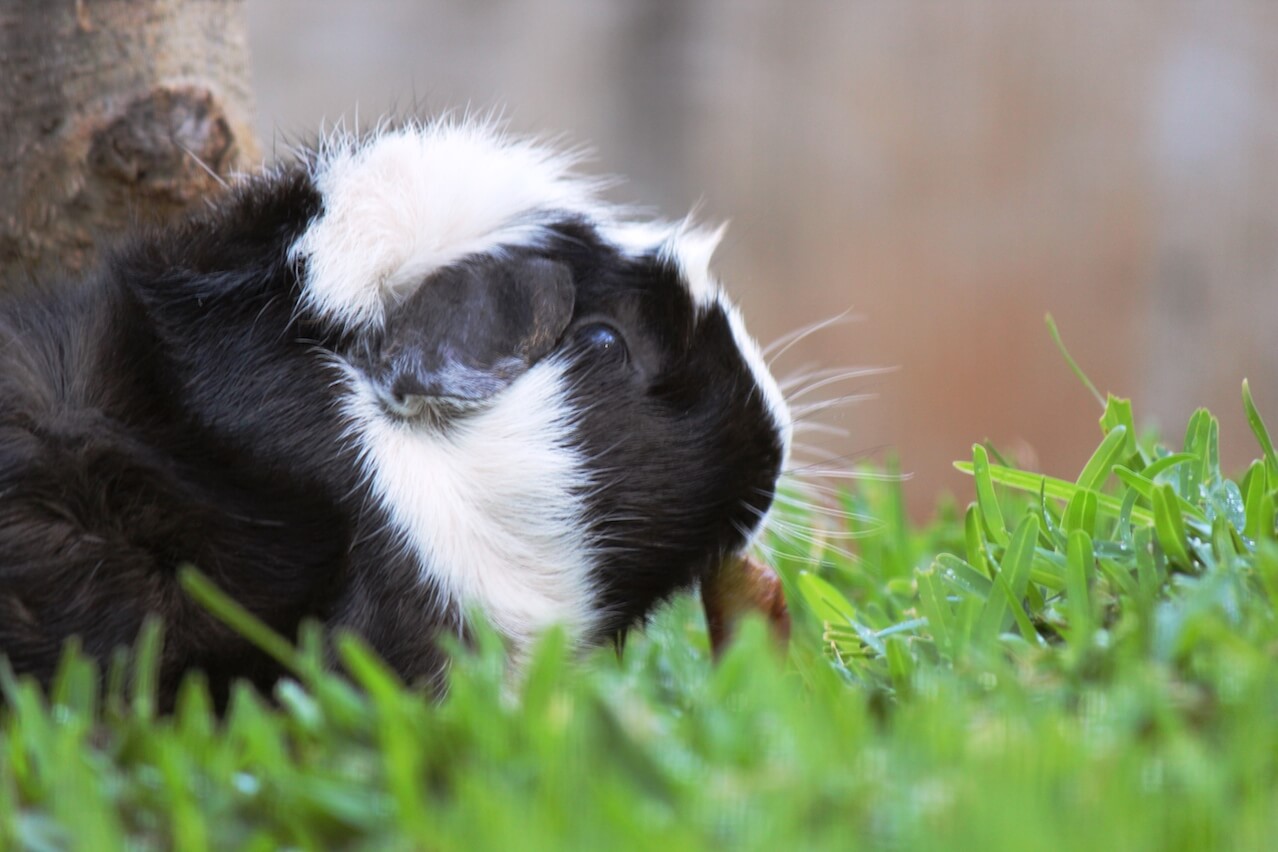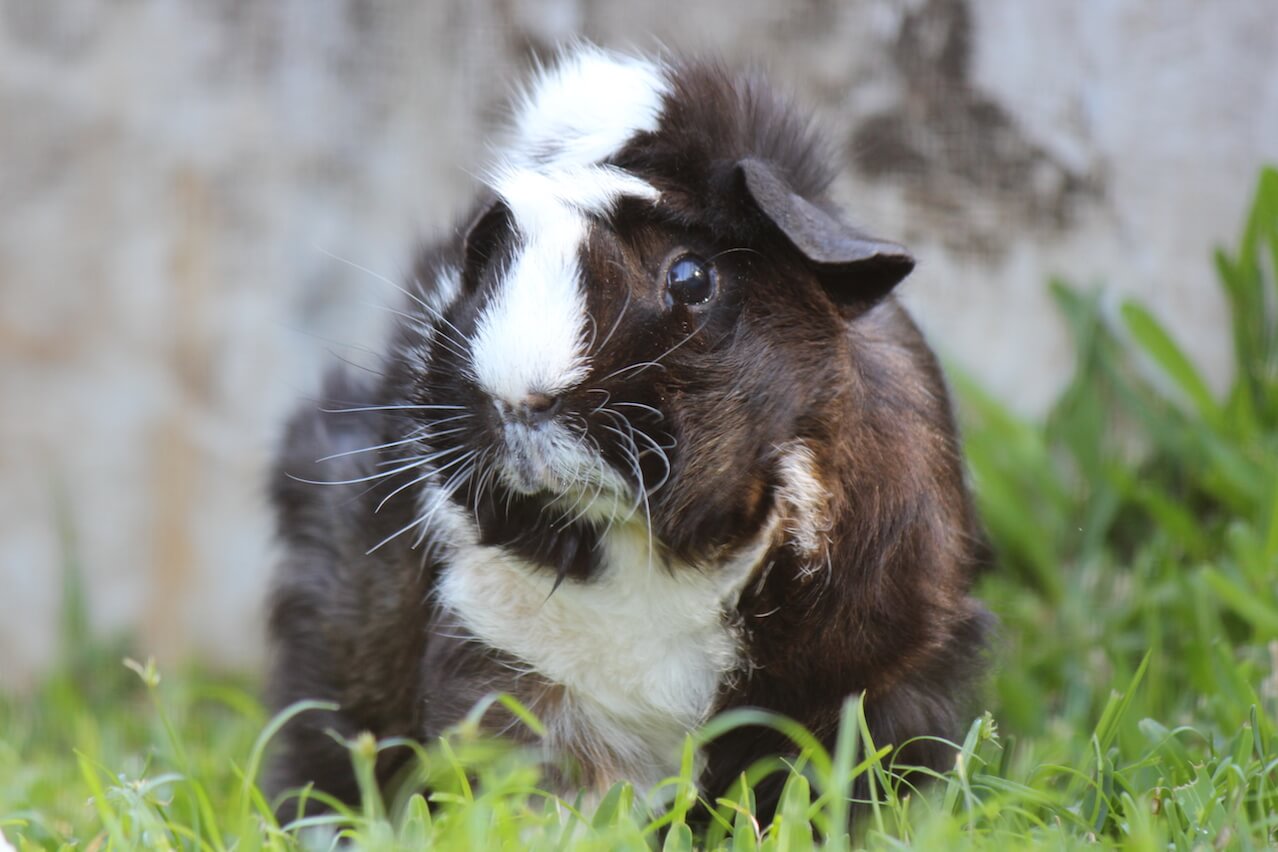cavia porcellus
Guinea Pig
About Me
Scientific Name: Cavia porcellus
Description
The guinea pig, originally from Peru, still exists there where it is called a Cavy. The origin of the common name “Guinea Pig” is uncertain. The “pig” comes from the fact that these small animals are round and plump like a pig, and they have a pig-like squeal. The “guinea” is believed to be because many of the first specimens came to England from South America on slave ships from Guinea or because of their resemblance to the young of the bush pig.
Fun Facts
- Guinea pigs are originally from Peru, South America.
- Because of the roly-poly appearance, small size, and comparative hardiness, guinea pigs are highly recommended as pets. They seldom bite, and will let people cradle them or carry them.
- Kingdom: Animalia
- Phylum: Chordata
- Class: Mammalia
- Order: Rodentia
The guinea pig, originally from Peru, still exists there where it is called a Cavy. The origin of the common name “Guinea Pig” is uncertain. The “pig” comes from the fact that these small animals are round and plump like a pig, and they have a pig-like squeal. The “guinea” is believed to be because many of the first specimens came to England from South America on slave ships from Guinea (Africa) or because of their resemblance to the young of the bush pig (Guinea hog).
Domestic guinea pigs have been produced by selective breeding, and differ chiefly in the color and texture of their fur, which may be short and soft, short and bristly, long and curly. Others have rosettes of fur along the length of the body.
Whatever their species, they are always recognizable by their stocky, rounded bodies lacking noticeable necks or tails. The length varies from 8 to 12 inches. Guinea pigs may be black, gray, brown, yellow, or white with either dark or red eyes. These animals may also have a piebald or even three-toned coloration.
Like other rodents, the guinea pig has long incisors, which grow constantly to compensate for wear. Only the front surfaces bear enamel and, since the inner surfaces of the incisors wear down more quickly, they remain bevel-edged.
Guinea pigs are originally from Peru, South America.
Guinea pigs are gentle by nature, clean and easy to care for. However, they scatter their droppings indiscriminately, so their quarters require daily cleaning or the cage will become smelly.
Because of the roly-poly appearance, small size, and comparative hardiness, guinea pigs are highly recommended as pets. They seldom bite, and will let people cradle them or carry them.
Guinea pigs eat hay, corn, oats, barley, wheat, green vegetables, and rabbit pellets. At the zoo we supplement their diet with vitamin C.
If two or more males are kept together, they may bite each other and fight over females.
If males and females are kept together they quickly reproduce. Gestation takes 60 to 70 days and the female can produce two or three litters a year with two to six young in each litter.
The young are born fully furred with eyes open, are almost self-sufficient at twenty-four hours old, and can be handled after three or four days. The litter of pups nibbles at solid food very early in life. They are usually weaned at 14 to 18 days.
Other Mammals
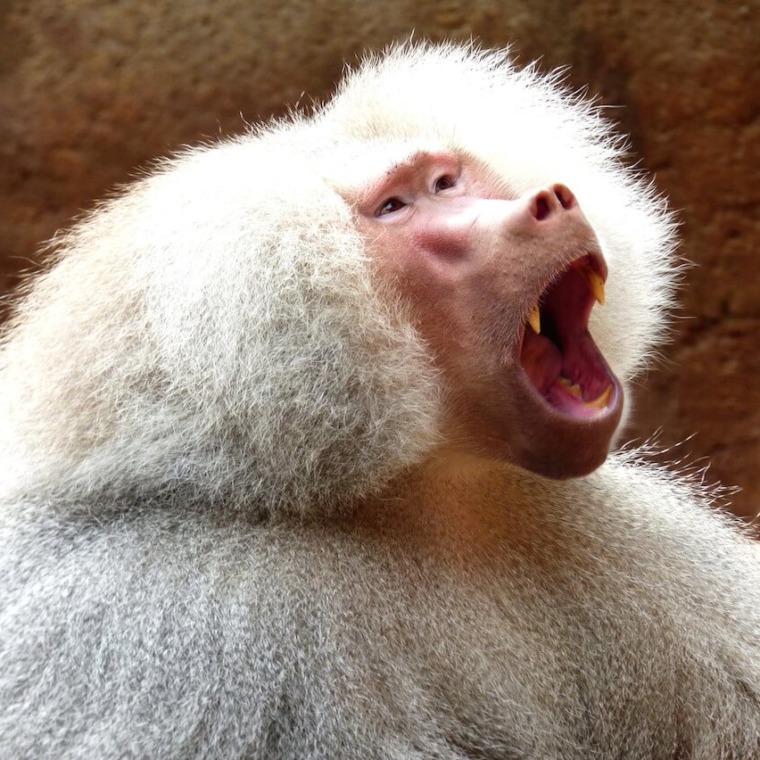
Sacred Baboons are common throughout northeastern Africa, but are extinct in the Nile region and Egypt, where they originally received their name and were worshiped by the ancient Egyptians.
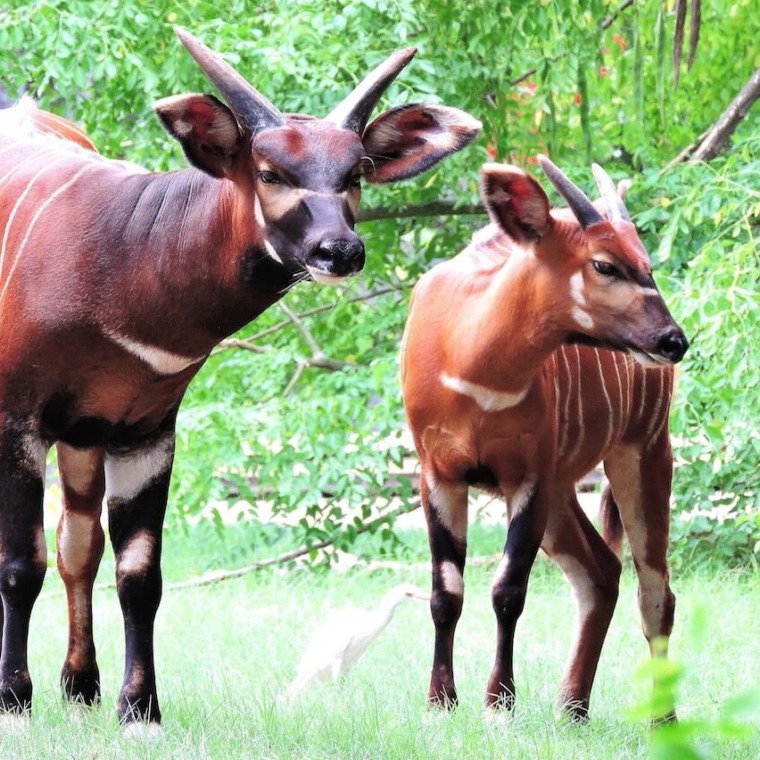
Bongo are most active at dawn and dusk, and often forage near the edges of wooded areas. They normally shy in the wild and flee into the forest for cover at the slightest provocation.
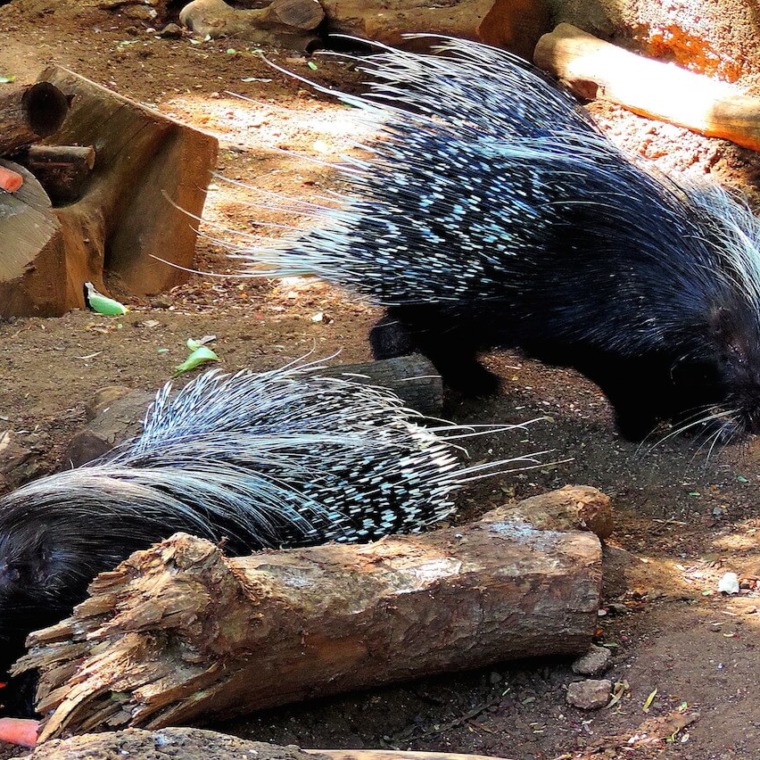
The North African crested porcupine is nocturnal. They are very adaptable and can be found in forests, on plantations, in rocky or mountainous areas as well as in deserts.
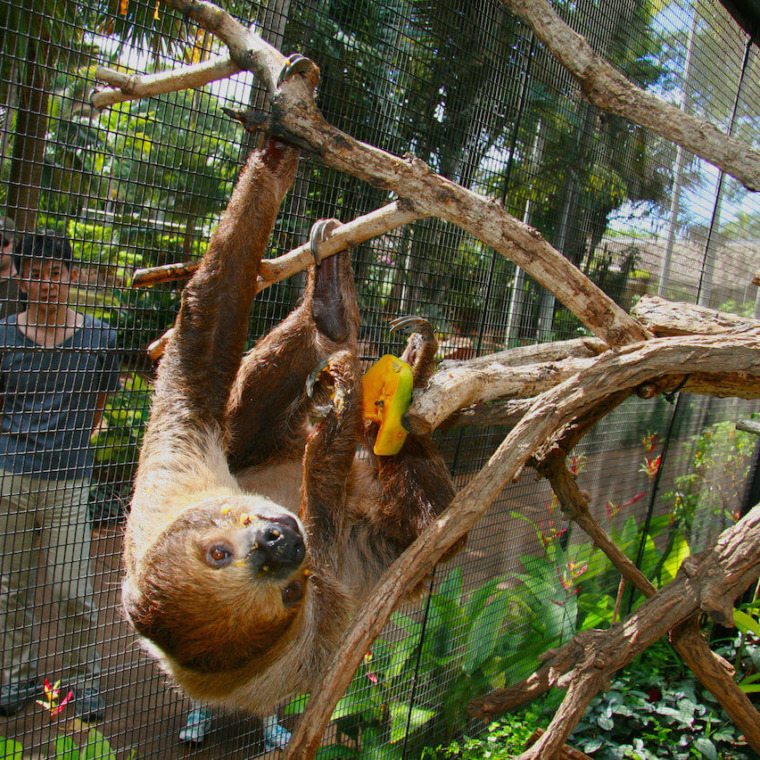
Sloths are found in Central and South America in the rain forest canopy. The Linne’s two-toed sloth is found in such countries as Nicaragua, Columbia, Venezuela, Surinam, Guyana, French Guiana, North Central Brazil, and Northern Peru.
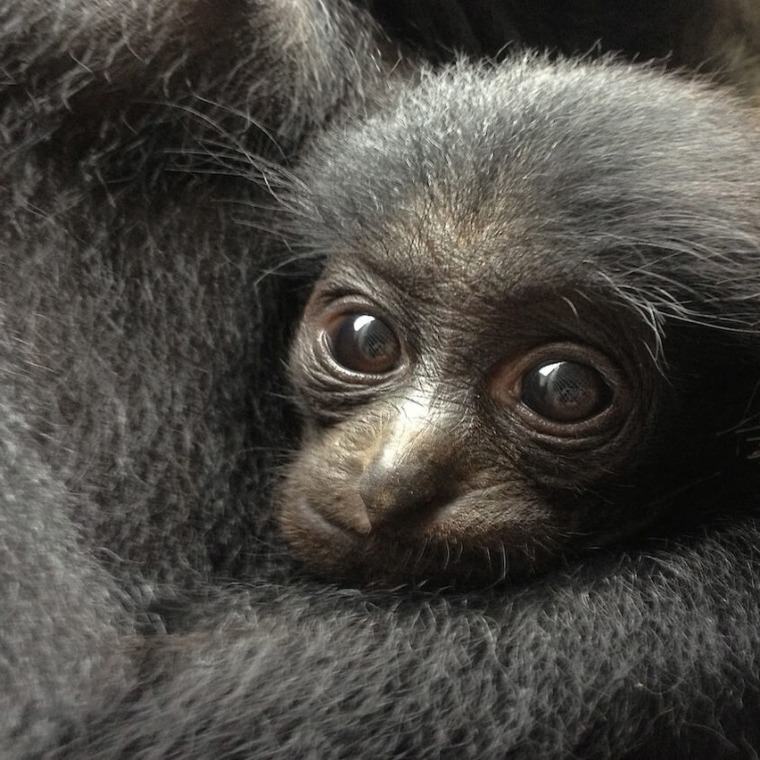
Siamangs range through southeastern Asia and are found in some numbers in the Malay Peninsula and Sumatra.


